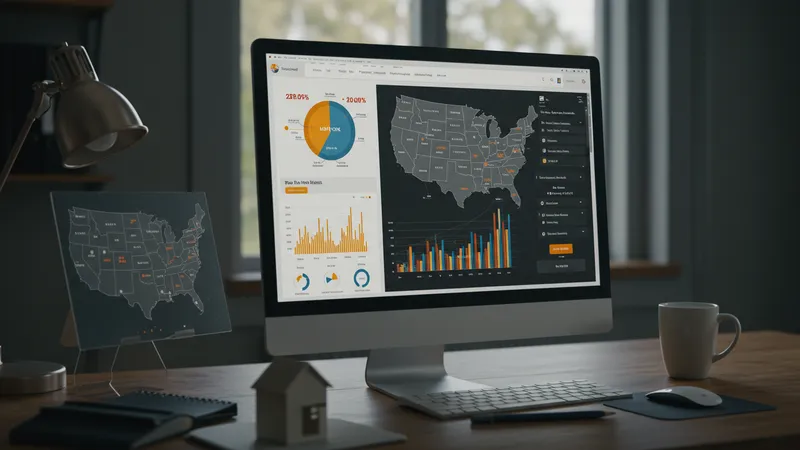
How To Find Your Home’s Value: Instant Estimates And Expert Advice
Online Home Value Estimates in the United States: Features and Accuracy
Instant home value estimators such as Zillow Zestimate, Redfin Estimate, and Realtor.com My Home have redefined accessibility for property owners across the U.S. Their widespread popularity stems from the ease of obtaining free, data-driven snapshots without the need for appointments or deep research. These tools typically use recent property sales, tax data, and local listing trends to generate a value quickly and with surprising reliability in many metropolitan markets.

While these platforms boast national reach, accuracy can fluctuate based on the region and property type. In cities where lots of sales data exists, such as New York or Dallas, estimates are often within a few percentage points of eventual sale prices. However, in more rural or unique neighborhoods, the absence of comparable data can lead to broader value ranges, making professional advice all the more necessary for precise results.
One notable benefit of these instant estimators is their transparency. Homeowners can see recent market activity, price changes over months, and even projections based on current listing inventory. For example, Zillow provides detailed property histories and market temperature analysis specific to the U.S. locale selected, enabling more informed decision-making before any formal appraisal or sale negotiation.
However, these instant tools introduce homeowners to only the first layer of valuation. Because they can miss out on recent renovations or rapidly shifting local regulations, American users often follow up with expert consultations. As you explore the details behind these estimates, understanding their methodology and limits can empower users to ask smarter questions and recognize when deeper insights are needed.